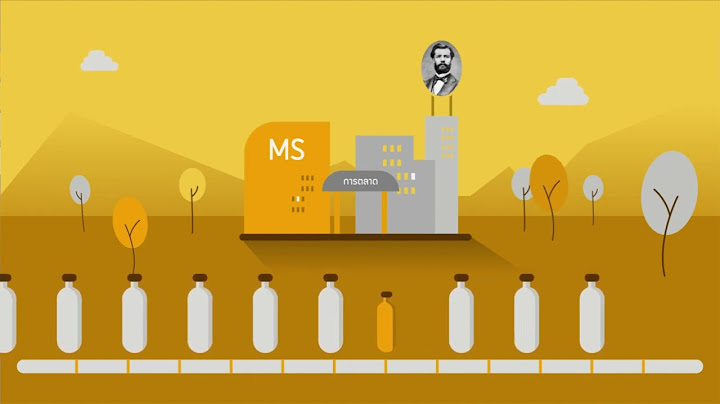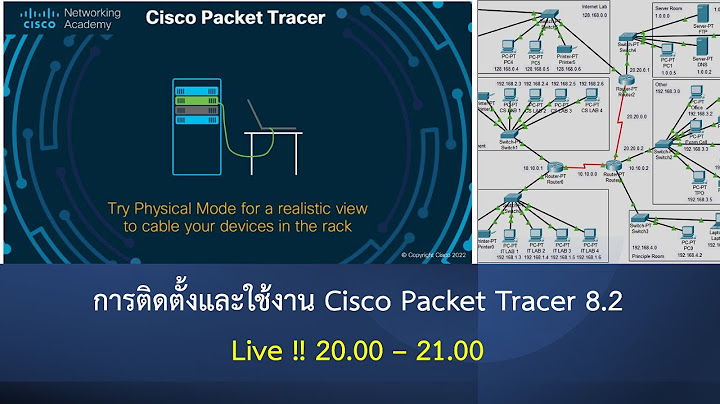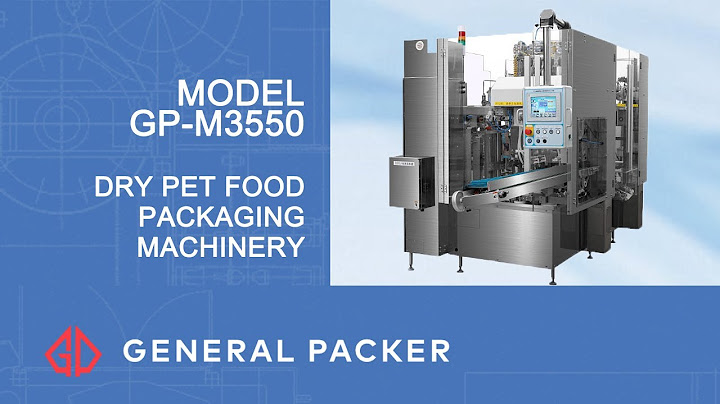5.1 ให้บริการจัดการเรื่องการโต้ตอบข้อมูลซึ่งจะให้บริการทั้งในแบบส่งข้อมูลไม่พร้อมกัน(Half-Duplex) และแบบพร้อมกัน (Full-Duplex) Show 5.2 การสื่อสารในทิศทางเดียวกัน ในการสื่อสารผ่านระบบเครือข่ายระยะไกลหากเกิดข้อผิดพลาดขึ้นระหว่างการสื่อสารในจุดใดจุดหนึ่ง Session Layer จะอนุญาตให้ผู้ใช้เลือกที่จะทำการรับ - ส่ง ข้อมูลใหม่อีกครั้งในเวลาใดก็ได้ 5.3 การรายงานเกี่ยวกับข้อผิดพลาดถ้าในระหว่างการสือ่สารเกิดมีข้อผิดพลาดที่ไม่สามารถแก้ไขได้ Session Layer จะทำการส่งสัญญานเพื่อแจ้งให้ Application รู้ถึงขอ้ผิดพลาดนั้น The tasks of the transport layer (also end-to-end control, transport control) include the segmentation of the data stream and in relieving congestion. A data segment is a Service Data Unit, which is used for encapsulation on the fourth layer (transport layer). It consists of protocol elements that contain Layer 4 information control. When addressing the data segment assigned a Layer 4 address, so a port. The data segment is encapsulated in the layer 3 in a data packet. The transport layer provides the application-oriented layers 5 to 7 standardized access so that they do not need to consider the characteristics of the communications network. Five different service classes of different grades are defined in layer 4 and may be used by the upper layers, from the simplest to the most comfortable service with multiplex mechanisms, error protection and troubleshooting procedures.. OSI Layer 4 - Transport Layer
|

กระทู้ที่เกี่ยวข้อง
การโฆษณา
ข่าวล่าสุด
การโฆษณา
ผู้มีอำนาจ
การโฆษณา
ถูกกฎหมาย
ช่วย

ลิขสิทธิ์ © 2024 th.paraquee Inc.

























